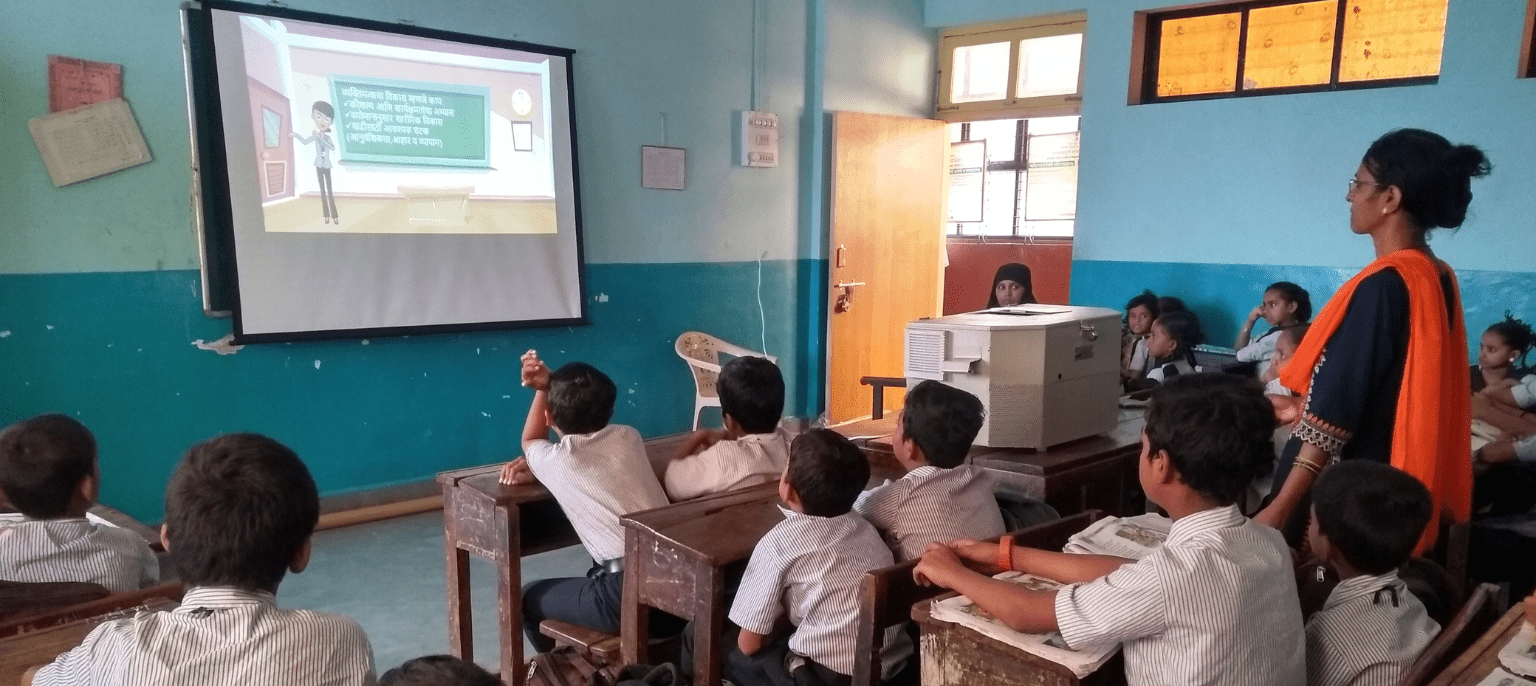
Our Government Schools are improving: Why is this narrative important?
What a powerful narrative that is for the country!
- Its rooted in context
Indian diversity needs to be addressed keeping context in mind. Schools are unique from one another. These improvements are derived by the needs of the context. These improvements just validate the idea of context driven action. - They are agency based
Continuing from the first point, these improvements celebrate the idea of agency. More often than not, these are improvements led by leaders who have gone beyond their routine, they have taken the agency to solve in a creative and collaborative manner. They may not have necessarily waited for a top official to direct them to change. Imagine every citizen is taking agency driven initiatives to change their community. Schools are already doing this. - Unique opportunity to appreciate a community as a whole
As the famous quote says “it takes a village to raise a child”, these improvements in schools are a result of collaboration. By recognising these improvements we are acknowledging the unique power and importance of Indian communities. How often do we find such an occasion? - It creates a healthy sense of peer pressure between schools
Despite the numerous efforts taken by government schools, we are still away from our goal. By starting this narrative on school improvements, we’ll be able to orchestrate an organic sense of competition between schools to get better. Meeting spaces, circulars, training will see conversations around improvements. What better way to solve such complex problems?
What we have with us is a unique opportunity as a country to flip the visual narrative of our public schools. An opportunity to make everyone visualise a government school improving, the minute we talk about the Indian education system. This is only possible if everyone participates in this narrative building process.
If you are not in the education space, what can you do? A few simple ideas –
- Visit a government school nearby
Never seen a government school? Just visit one! Ask the school leader and teachers about what’s going on in the schools- their challenges, struggles etc.
Feel the learning environment for yourself. - Take pictures of improvements and post them
Like we were discussing, visuals matter. When you visit a school and witness something amazing, with the permission of the school, take pictures, vidoes, interviews etc. Post them on social media, circulate in whatsapp groups, start a hashtag, Fill the digital world with images of schools improving!
- Visit a government school nearby
- Appreciate school leaders
Wherever you get a chance, whenever you get a chance talk about the school leaders and teachers that have influenced you. Make their efforts and their personas as widely talked about as a politician, entertainer, sports star.
- Appreciate school leaders
- Let the government schools know about DIKSHA Projects
This might sound very operational, but this could help in the long run. Most government schools are using the DIKSHA app for their learning activities. Not all stakeholders know that there is an interesting capability in DIKSHA which allows them to create and track projects. Next time you visit a school, ask them about this, share more information and enable them to make improvements effectively. - Get involved in the improvements
Find opportunities to contribute to the school improvement story! Take part in meetings, help them raise money, paint the school, take a class, crowdsource books etc.
Do whatever you can and inspire others to do the same!
- Let the government schools know about DIKSHA Projects
Meet the Author

Neeraj Doddamane
Neeraj Doddamane is the Chief Strategy Officer at ShikshaLokam. He is responsible for driving the organisation's growth. He also leads and orchestrates the organisation’s national programs and key strategic initiatives across teams such as ELEVATE, SolvED, EduMentumX to name a few.

Neeraj Doddamane
Neeraj Doddamane is the Chief Strategy Officer at ShikshaLokam. He is responsible for driving the organisation's growth. He also leads and orchestrates the organisation’s national programs and key strategic initiatives across teams such as ELEVATE, SolvED, EduMentumX to name a few.
